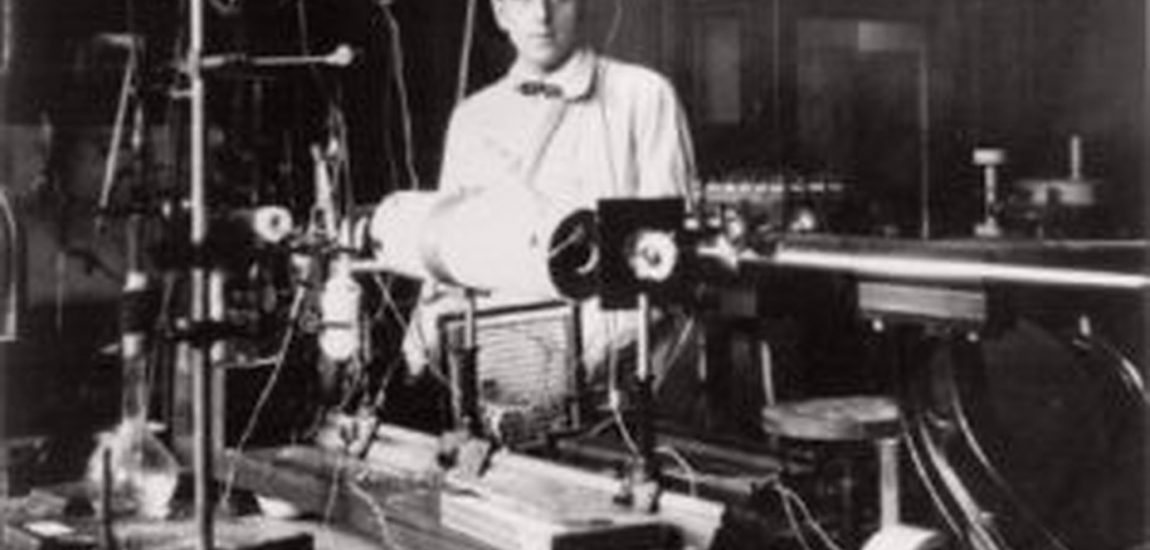
Lives of the great geochemists: Fritz Houtermans
The EAG Houtermans Award for young scientists is named after him, but how many of us geochemists really know who Friedrich Georg Houtermans was and how adventurous his life was? Houtermans undertook a PhD in nuclear physics in Göttingen with James Franck in 1927, but only in 1952, when he arrived in Bern to become Full Professor, did he make his outstanding contributions to geochronology. He first started developing the precision methods and instrumentation to date rocks back in Göttingen in 1947. In 1953, he took Patterson’s lead measurements from troilite in the Cañon Diablo meteorite and using his newly proposed isochron method estimated the age of the Earth to be 4.5 Ga. In that same year, Patterson would make a similar analysis and get the same result, and in 1956 would publish the currently accepted value. Houtermans also established the thermoluminescence method, and precision techniques for K-Ar and Re-Os. A skilled experimentalist, his contributions to science are less celebrated than they deserve. After his PhD, he collaborated with Gamow on decay theory and, with Atkinson in 1929, discovered that nuclear fusion is what makes stars shine.
Born in Zoppot near Gdansk on January 22, 1903, Houtermans moved to Vienna with his mother at the age of three. Having a rebellious and witty character, he formed friendships with members of the German Communist Party. His political views and quarter Jewish ancestry forced him to move to England in 1933, following Hitler’s rise to power. Working for EMI, he submitted the patent claim for the Electron Microscope invention with Knoll and Schulze (1934). His idealistic views of the Soviet Union determined his move to the new physics institute in Kharkov in Ukraine in December 1934, when Sergey Kirov was murdered in Leningrad setting the stage for the Great Purge by Stalin. By 1937, his fellow institute physicists were starting to be arrested and charged with treason. Houtermans ran with his family to Moscow, where he was arrested by the NKVD. His wife managed to escape with their children out of the USSR to Riga. Houtermans stayed in NKVD prisons under torture and interrogation until 1940, when he was handed over to the Nazis. He was held prisoner by the Gestapo in Berlin until Max von Laue released him from what would have been certain death. Houtermans would later return to Kharkov with the Nazis to run his former institute for one month, during which time he nevertheless tried to protect former colleagues from the invaders. After the War, having held several positions, he arrived in Bern where he made his name in geochemistry. Houtermans died of lung cancer in 1966.
Further reading: “Physics in a Mad World: Houtermans/Golfand” by Misha Shifman (WSPC/Now Publisher); “The Adventurous Life of Friedrich Georg Houtermans, Physicist (1903-1966)” by Edoardo Amaldi (Springer Briefs in Physics: Springer-Verlag Berlin and Heidelberg GmbH & Co. K).
About the author:
Mário Gonçalves is an Assistant Professor in Environmental Geochemistry and Mineralogy at the University of Lisbon, Portugal. He has been a member of the EAG Communications Committee since January 2017.
